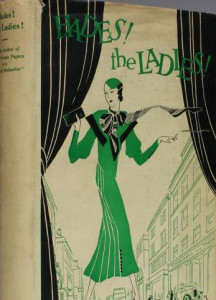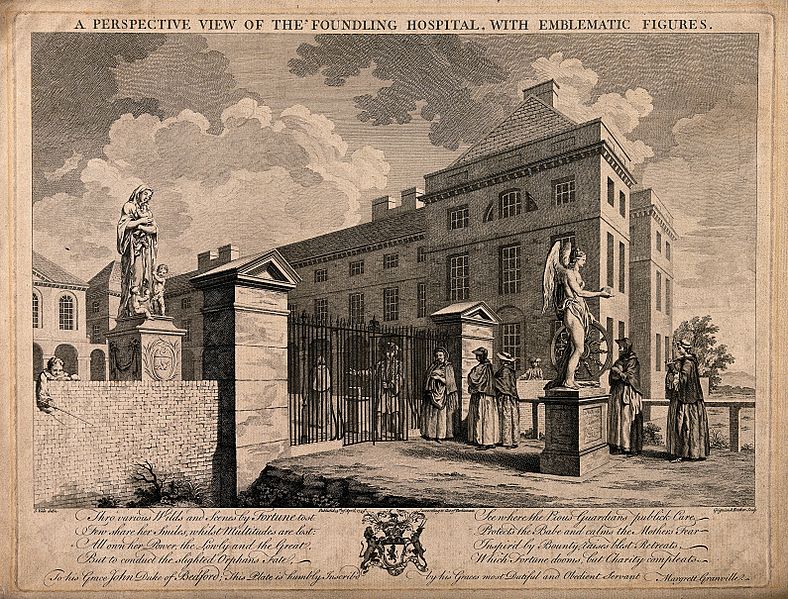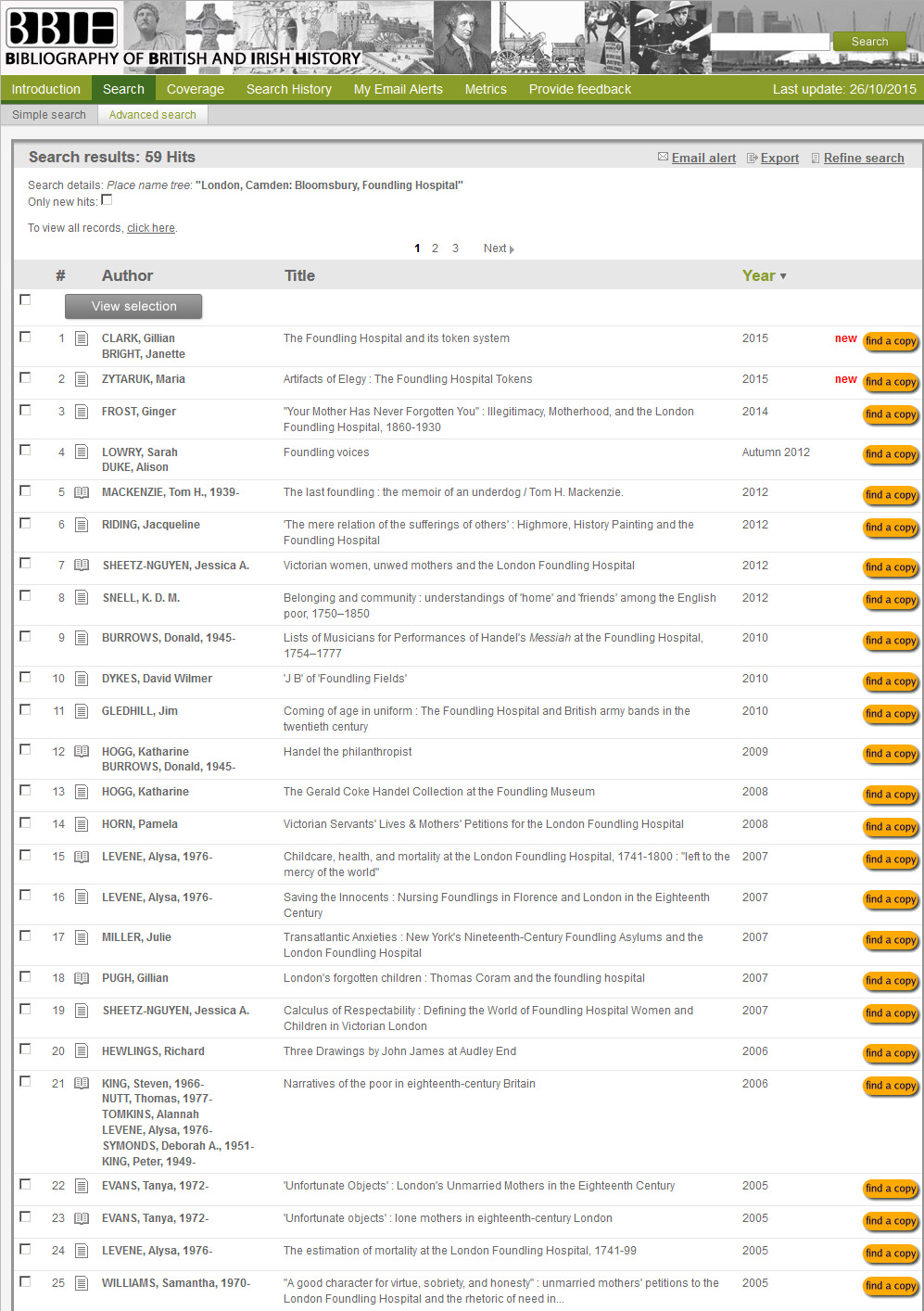In previous posts I have alluded to the range of material gathered for BBIH, a range that sometimes creates a sense of déjà vu with similar or complementary articles. The following are recent examples.
I start with three articles all about clerks and shop workers; two of which feature H. G. Wells, himself once a draper’s assistant. Nicholas Bishop uses the works of Wells, Arnold Bennett and Shan Bullock to discuss “clerical literature” in Ruralism, Masculinity, and National Identity: The Rambling Clerk in Fiction, 1900–1940. This article argues that urban-dwelling clerks were pioneers in developing an interest in getting “back to the land” and the rural “idyll.”
Deborah Wynne continues the draper’s assistant theme, and the use of Wells, with The ‘Despised Trade’ in Textiles: H. G. Wells, William Paine, Charles Cavers and the Male Draper’s Life, 1870–1914 which examines the situation of the male draper in terms of his relationships to textiles and the female customers. Using the aforementioned accounts, the ridicule levelled against men is highlighted. The accounts used are, H. G. Wells’s discussion of his years as a draper’s apprentice in his Experiment in Autobiography (1934); William Paine’s emotionally charged title Shop Slavery and Emancipation (1912); and the diary of a Bond Street draper, Charles Cavers, posthumously published, and wonderfully entitled, Hades! The Ladies! Being Extracts from the Diary of a Draper (1933). Cavers, a draper’s assistant from the 1870s and then a successful owner of a Bond Street emporium, paints a more positive picture than Wells or Paine, although he used the exclamation ‘Hades! The ladies!’ when his wealthy female customers were being difficult to please.
And speaking of “ladies”…. although these first two articles refer to male workers and focus on masculinity, Ella Ophir presents the journal of Evelyn Wilson, an impoverished employment registry clerk in London. Wilson kept her diary for over 20 years and, after her death, it was published in 1935 under the melancholy title of The Note Books of a Woman Alone. The article The Diary and the Commonplace Book: Self-Inscription in The Note Books of a Woman Alone uses the diary extensively.
Again using autobiographical materials, Eloise Mossa’s The scrapbooking detective: Frederick Porter Wensley and the limits of ‘celebrity’ and ‘authority’ in inter-war Britain follows the approach of the clerical articles above in that it explores the detective’s use of his scrapbooks in publishing his autobiography, Detective Days, (1931). Furthermore, Mossa looks at Wensley’s creation of his own celebrity status through his memoirs and newspaper columns.
Continuing the police theme, David Taylor in his Cass, Coverdale and consent the Metropolitan Police and working-class women in late-Victorian London focusses on the treatment of two working-class women by the Metropolitan Police in 1887. Elizabeth Cass was arrested for soliciting in Regent’s Street while Annie Coverdale was arrested for being drunk and disorderly. Both were working class: Cass a dressmaker in Holborn and Coverdale a domestic servant in Canning Town. The two arresting constables were dishonest in their evidence but both remained policemen despite newspaper agitation and parliamentary condemnation. As Taylor points out the mistreatment of these two women was not unique at the time.
Two articles on the Foundling Hospital established by Thomas Coram examine the use of tokens at the orphanage. The tokens ranged from bits of cloth to coins and jewellery, as well as actual copper or pewter tokens detailing the name and admission of the child. In Gillian Clark and Janette Bright’s article The Foundling Hospital and its Token System the authors look at the array of objects used as tokens in case the family wished to reclaim their abandoned child. while Maria Zytaruk in her article, Artifacts of Elegy: The Foundling Hospital Tokens, explores similar territory, and makes the depressing point that the token could also be used to guard against a charge of infanticide.
The Foundling Hospital is well served by the Bibliography, there are nearly 60 references ranging from histories of the hospital to Handel’s connection to the charity, as well as an autobiography of a foundling – The Last Foundling : The Memoir of an Underdog (see listing below).
Continuing the topic of young children, Pam Jarvis and Betty Liebovich, explore the origins of the modern nursery school in England, focusing upon the early efforts of the Nursery School Association and the work of Margaret McMillan and Grace Owen in British Nurseries, Head and Heart: McMillan, Owen and the genesis of the education/care dichotomy. Amy Palmer neatly continues the theme (in chronology and subject) in her article Nursery schools or nursery classes? Choosing and failing to choose between policy alternatives in nursery education in England, 1918–1972.
As usual, all relevant material can be found in the Bibliography of British and Irish History. Searching for the Foundling Hospital use the Place name tree.



